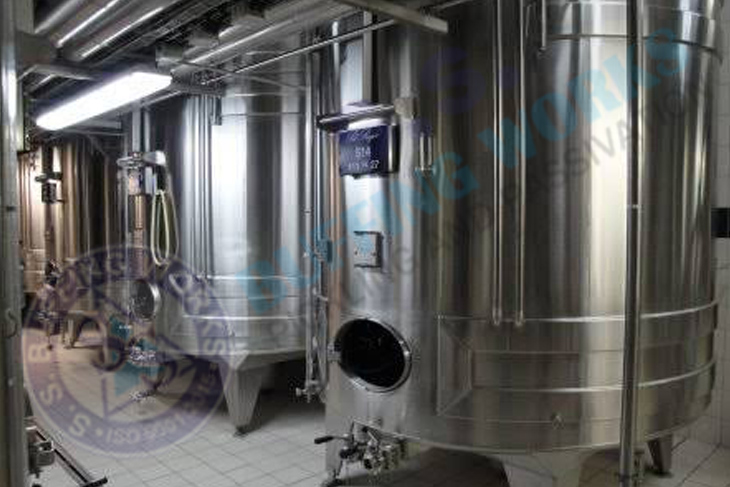Pickling and Passivation of Stainless Steel Tanks must prior to use be chemically treated. The corrosion resistance of stainless steel is determined by a chromium-rich oxide film. As soon as this film has formed the material is designated as being passive.During manufacture of the tanks the many mechanical and thermal treatments that the tank undergoes result in local damage to and contamination of the protective oxide film. This results in the oxide film losing its corrosion resistant features with the substrate material often corroding more rapidly than would have been the case for the original passive panel material.
“Pickling and Passivation of Stainless Steel tanks in which chemicals are to be stored or transported, are cleaned prior to use and periodically in the case of a new or different cargo.”
Not only prior to refilling, but also when changing contents a mild detergent may often prove sufficient. With this residues of the previous contents and other contaminants can be removed so that the fresh contents will not be contaminated or react with residues of the previous cargo. Vecom has a wide range of detergent products with the preferred choice depending on the type of cargo. Generally speaking the tanks are after the pickling treatment therefore rinsed only with water or a mild detergent. Only in exceptional cases and when corrosion products have formed is pickling carried out again. In the case of storage or transport of corrosive acid cargoes such as sulphuric acid is periodic passivation required for protection of the tanks.
